Sightseeing Spots
Search Results314
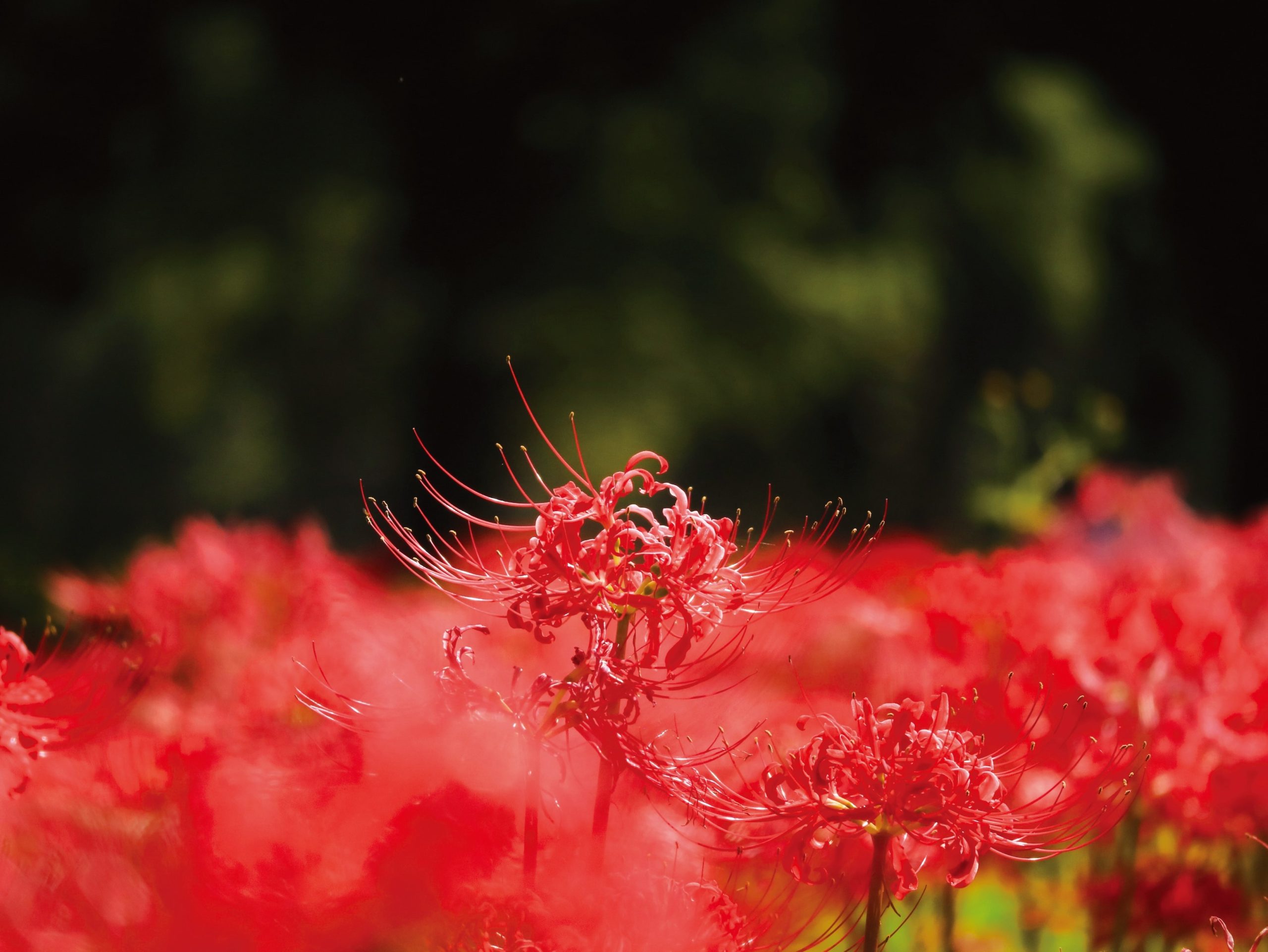
This field of spider lilies was planted on the banks of the Karasu River by local volunteers. The carpet of red flowers blooms along the Karasu River in autumn, with Mt. Haruna and the clear blue sky providing the backdrop for a spectacular view.
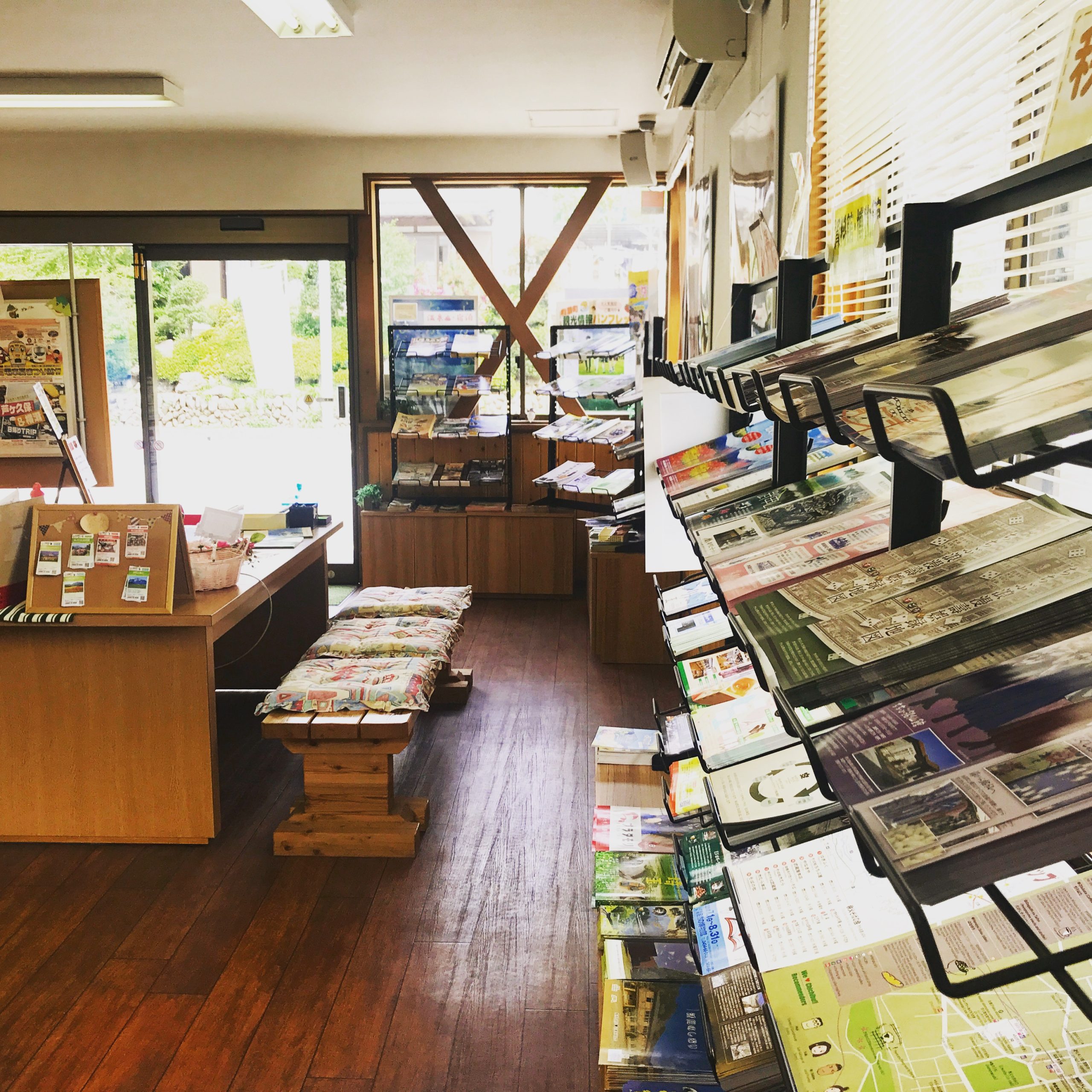
Your tour of the Chichibu region and nature-filled Yokoze starts here! Find out more about tourist destinations, seek out new flavors, and find all the information you need for restaurants and lodging. It's an information office full of vibrant energy ♪ There are also rental cycles and Mt. Buko goods for sale, so please feel free to stop by!
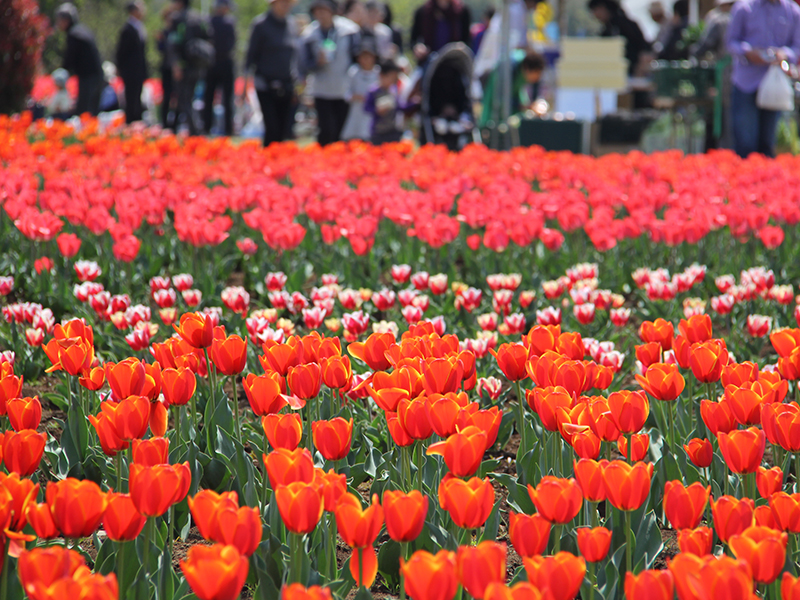
Hana no Oasis (flower oasis) is a park located in the Teraya district, the birthplace of flower production in Konosu. In spring, a tulip festival is held among 40,000 tulips. In autumn, you can enjoy the late-blooming sunflowers.

Surrounded by splendid nature, this is a factory where you can build canoes with the local Nishikawa timber. You can also rent canoes and try them out before building your own. Or just stop by if you're simply looking to have some fun in the river!
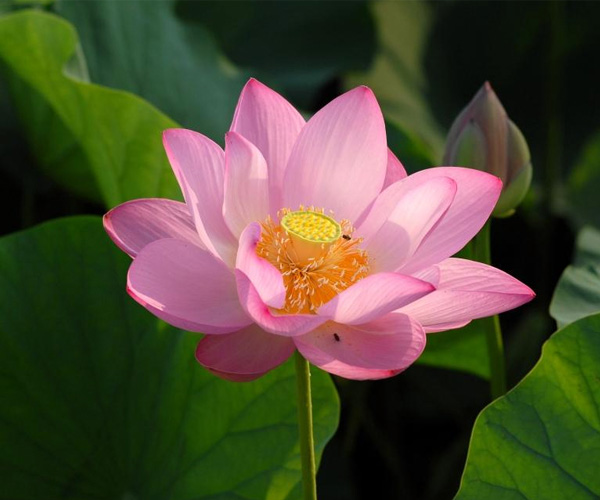
Around 200 flowers bloom here during peak season. Based on analysis, this is an ancient variety of the lotus flower, and while the exact age cannot be determined, it is estimated to be a variety from the Heian period, around 1,200 years ago. The best time to see them is around early to late July, when the flowers begin to bloom at around 5AM. Since the pond is located in the middle of a residential area, please keep quiet when visiting.
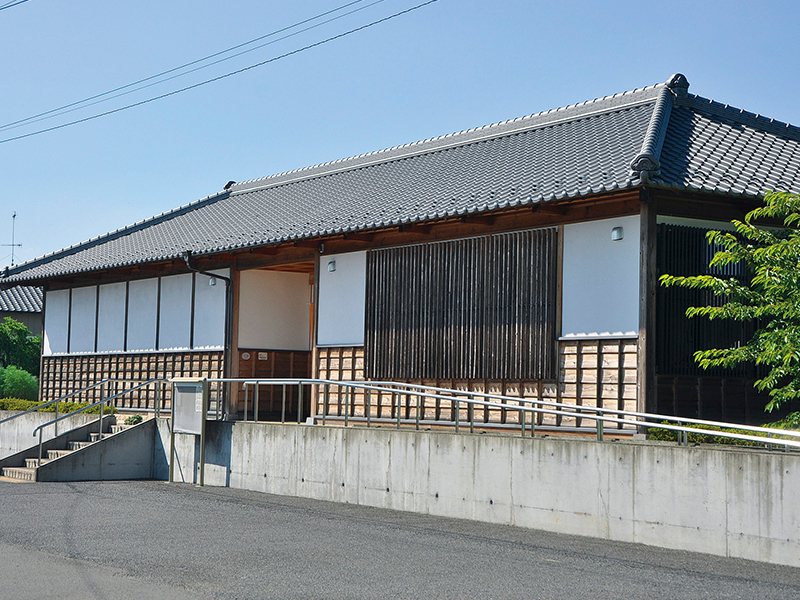
The Kumagaya Municipal Ogino Ginko Museum is dedicated to Ogino Ginko, the first officially licensed female doctor in Japan who passed the medical practice examination in 1885, one of the three great historical figures of Saitama Prefecture. The museum is a Japanese-style building with tiled roof and plastered walls partly covered in wooden siding built to resemble the Nagaya-mon gate of Ginko Ogino's birthplace, and is divided into an exhibition room and a lounge area.
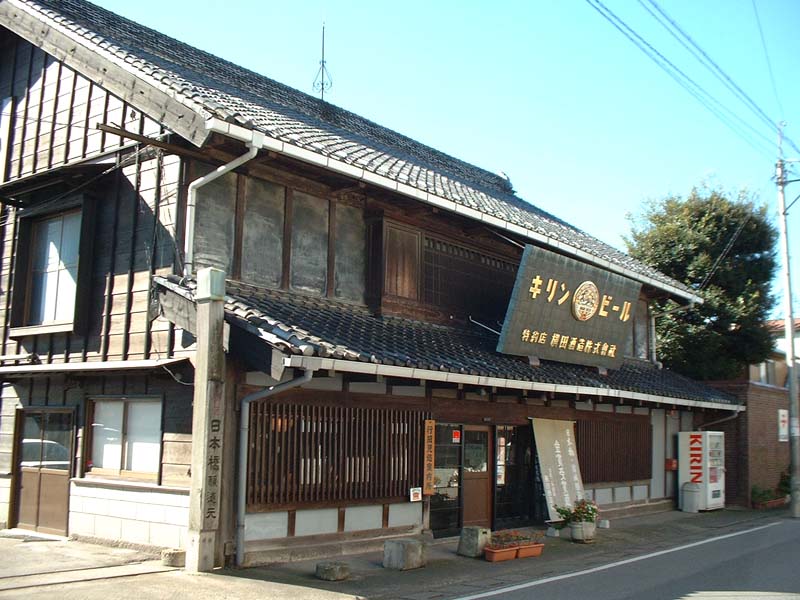
This brewery was established in 1805 when Omi merchant, Shoemon Yokota, traveled from Edo to Gyoda City in search of good water. The area closest to Tone River and Arakawa River was found to have plentiful groundwater and this brewery continues to produce exquisite sake made from it. Employing Nanbu-style brewing techniques, known for producing a high quality Ginjo sake, they produce sake in which one can taste the spirit of the brewer, a highly regarded "sake of excellence."
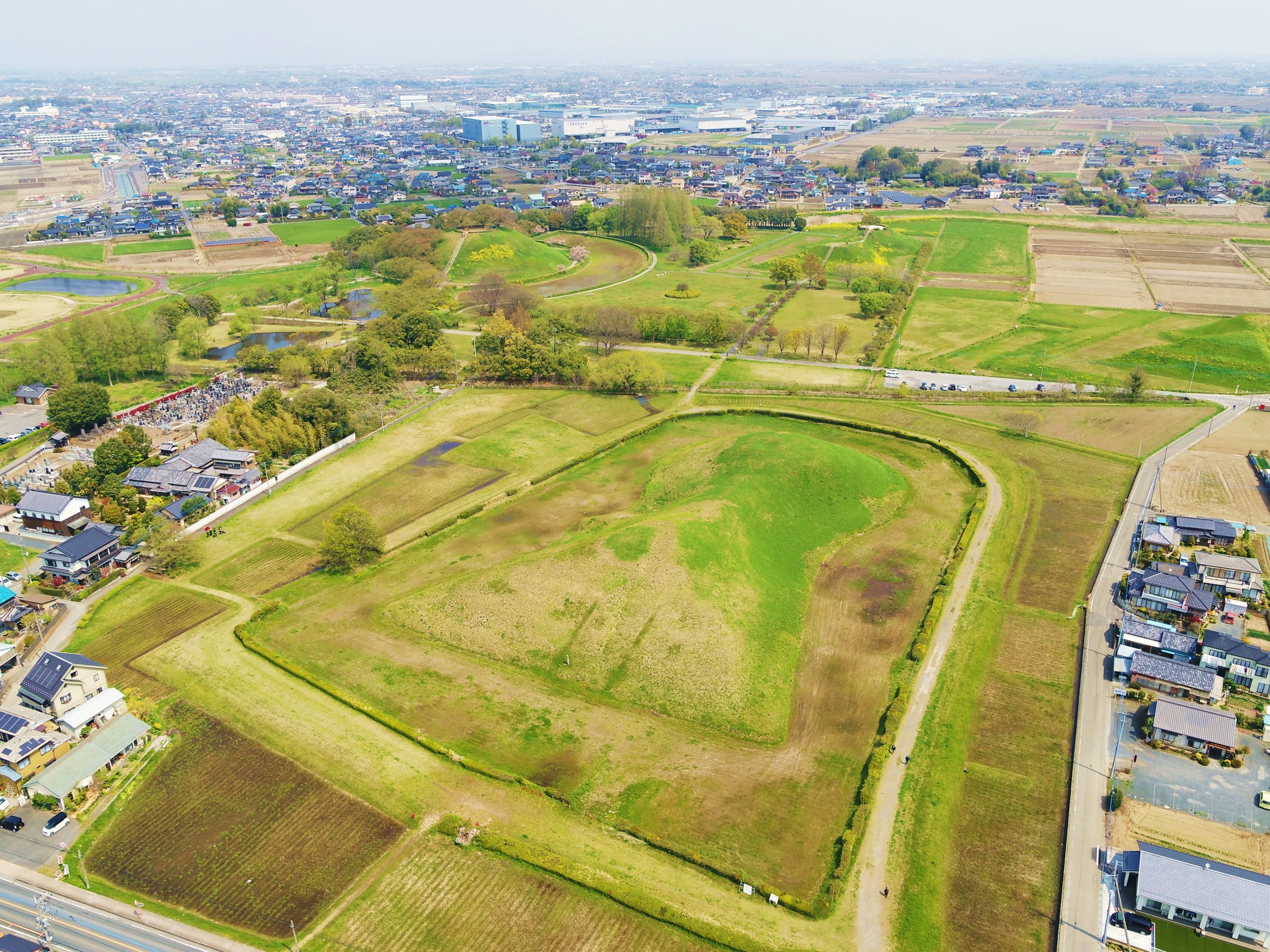
Many valuable cultural properties are stored here, such as the “Sakitama Kofun" (megalith tombs) built between the late 5th century and early 7th century and the national treasure “Musashi Sakitama Inariyama Kofun Artifact." At this facility you can also climb both the Inariyama Kofun and Maruhakayama Kofun. (For more information regarding the facility, please refer to the URL below.)
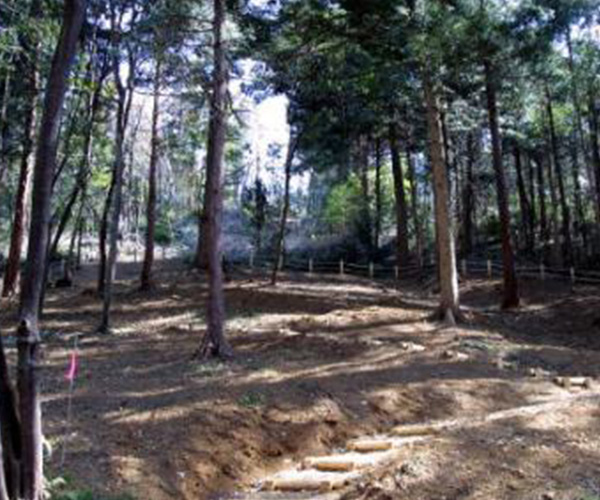
This is a newly developed park in Hatoyama Town, with two large fir trees designated as “Hatoyama Town Scenic Trees." There is also the Midoyama near the entrance, the adjoining 88 temples of Takanokura and the yew oak of Hachiman Shrine, designated as a natural treasure by the town, allowing visitors to enjoy the “four seasons” of Hatoyama.
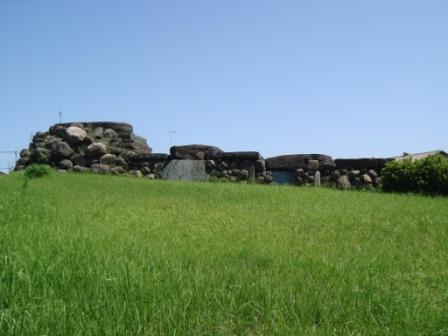
The Hachimanyama Kofun (Mount Hachiman megalith tomb) in Gyoda City is the main tomb of the group of Wakakodama tombs found in this area. Restored in 1981, it is estimated to have been built in the 7th century and has a diameter of 80 meters. The “Urushi Nuri Mokkan" (lacquered wooden casket) was excavated from the stone hut in almost perfect condition, with those buried inside assumed to have been people of power. It is called “Kanto-no-Ishibutai" (the stone stage of Kanto) because it is similar to the Ishibutai Kofun (stone stage tomb) at Asukamura of Nara Prefecture.
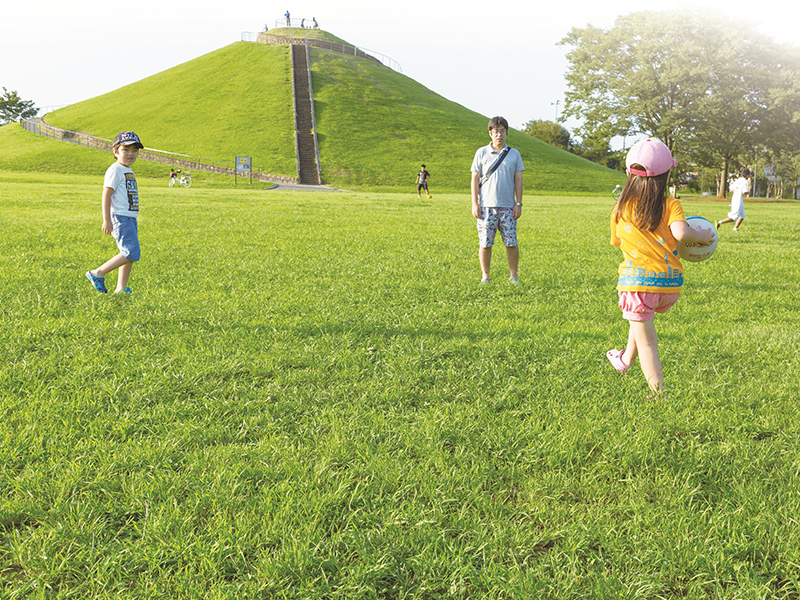
From the top of the park's symbol, the 16-meter high "Yoshikawa Mount Fuji," you can enjoy a panoramic view of the city. On a clear day, you can see the Tokyo Sky Tree and, if you're lucky, you can even see the real Mount Fuji! The majority of the park is covered by green lawn, making the park feel spacious and open.
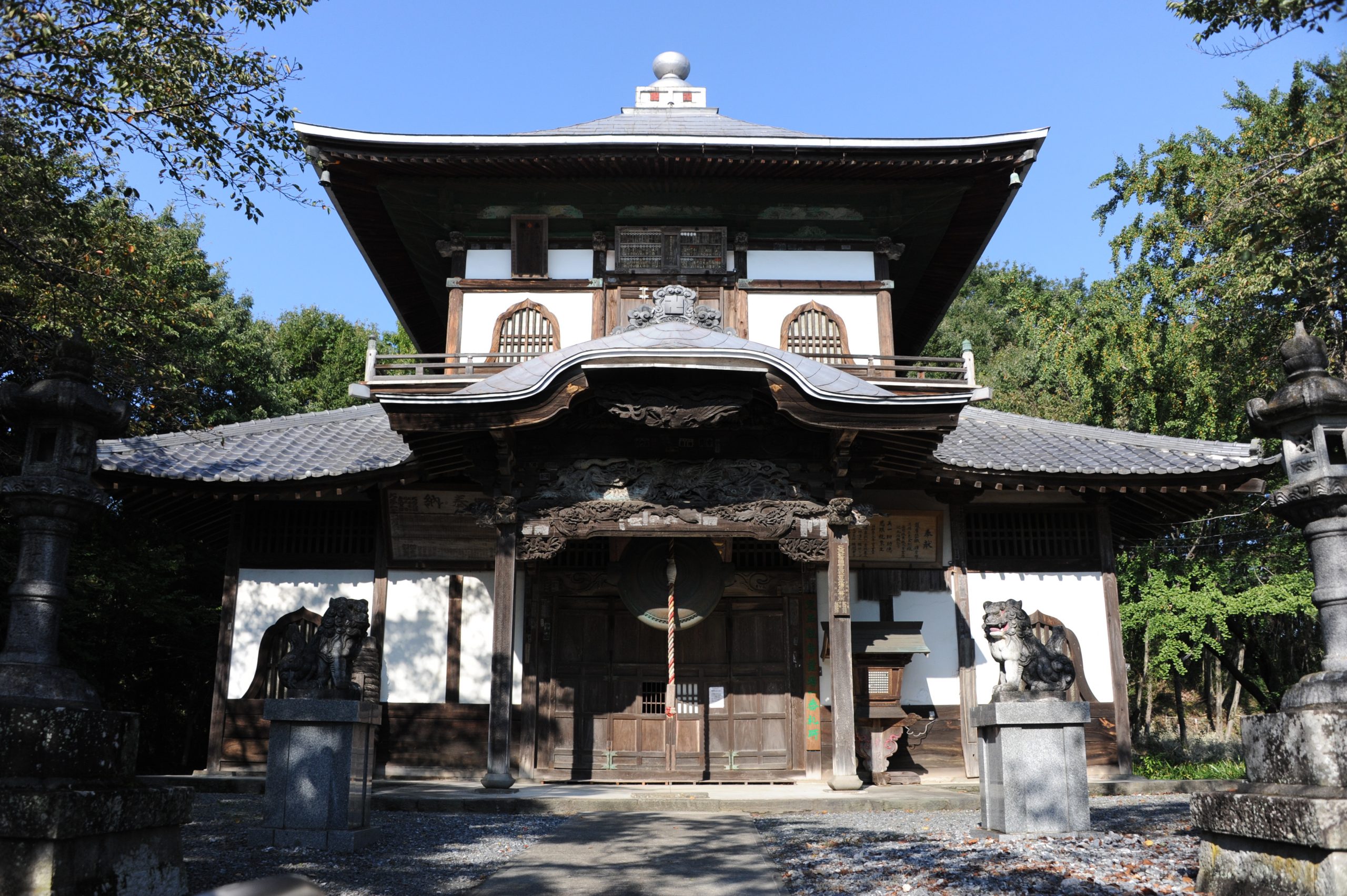
Jōshinin Hyakutai Kannon-dō, commonly called “Sazaedō,” was built to mourn the victims of the great volcanic eruption of Mt. Asama in 1783. The architecture has a rare helical structure with two exterior layers and a three-layer interior spiral corridor, enabling worshippers to practice the Buddhist etiquette of walking around a corridor three times in a clockwise direction (unyosanso). The first layer enshrines the Kannon of the Chichibu Sacred Site No. 34, the second layer enshrines the Kannon of the Bando Sacred Site No. 33, and the third layer enshrines the Kannon of the Saikoku Sacred Site No. 33. The reception desk is located at the Honjo City Tourism and Agriculture Center.
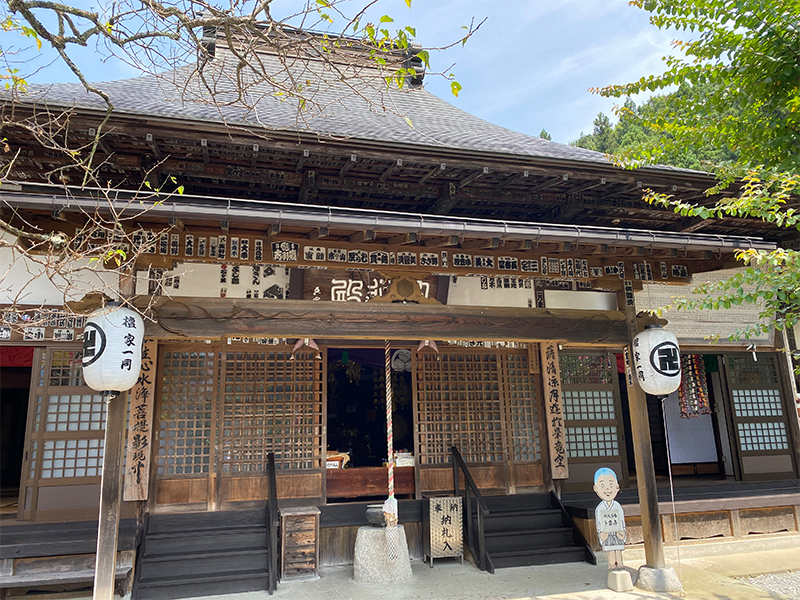
At Bokuunji Temple of Mt. Kōyō, also known as Oginodo, the main deity of Saint Kannon is said to have once stood on the summit of Mt. Bukō. Bokuunji Temple is also dedicated to rare items such as a Seiryoji-style Sakyamuni statue, a picture scroll of good fortune, and a tooth of Yamanba (a mountain witch). A magnificent view of Mt. Bukō is visible from the front of the temple.
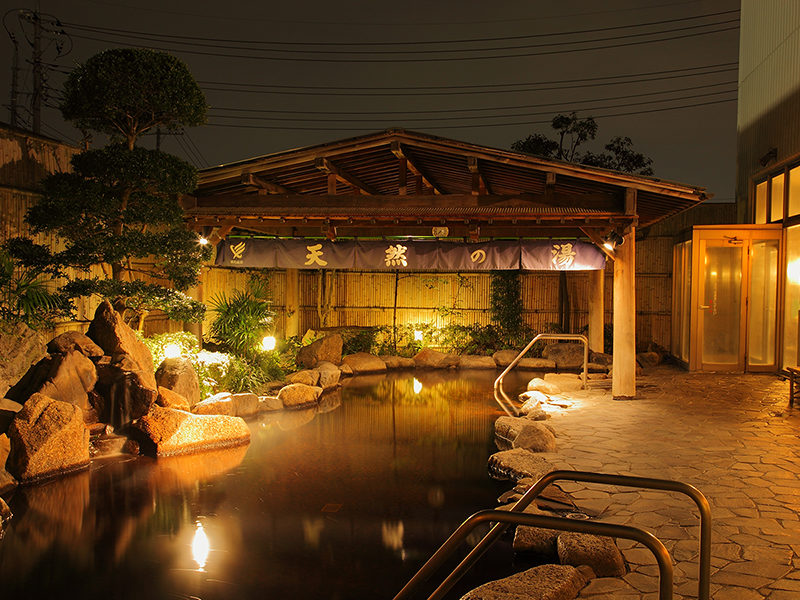
The waters of this hot spring contain no sodium, classifying it as a "simple" alkaline hot spring, a rarity in the Kanto region. The color of the water is dark brown but sparkles gold when hit by sunlight. Soaking in the hot spring will make your skin smooth, and you are guaranteed to have a relaxing time.
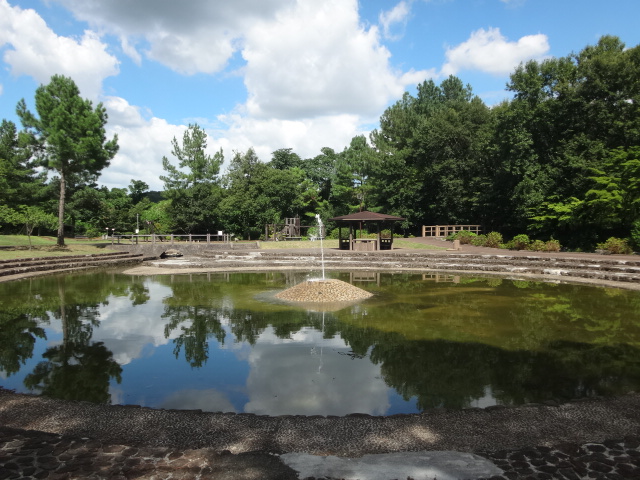
Hatoyama Farm Village Park is a park that is free of charge to enter, surrounded by water and greenery. The park is popular with families and used as a resting spot throughout the year.
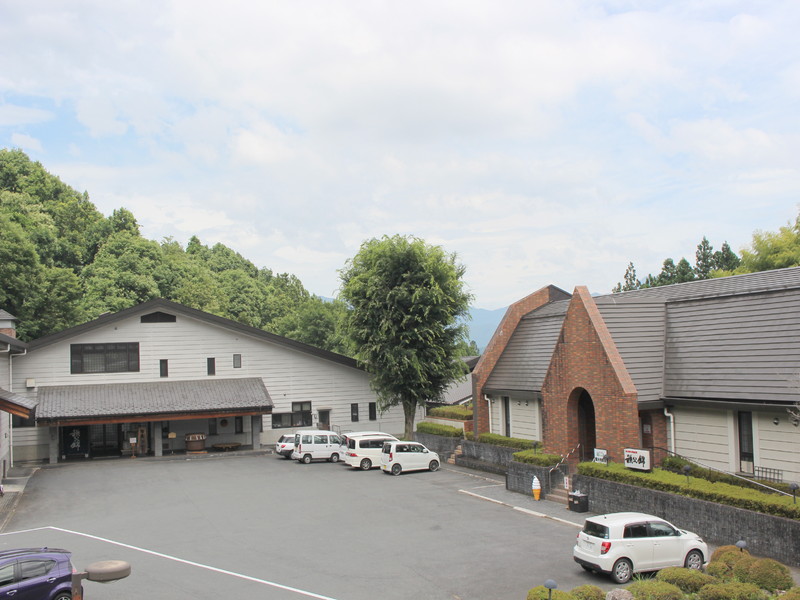
At our product store, locally brewed shochu “Chichibu Nishiki,” liquors and various Chichibu specialty goods are available. You can also try a wide range of alcohols at the tasting area.

This is a museum for classic Rolls Royce and Bentley automobiles which displays among others, Jirō Shirasu's beloved Bentley, and the Rolls Royce of the former prime minister, Shigeru Yoshida. Watch the opening and closing of the doors, listen to the sound of the engines, and see the cars in motion, feeling the power of these formerly active classic automobiles, in the present day.
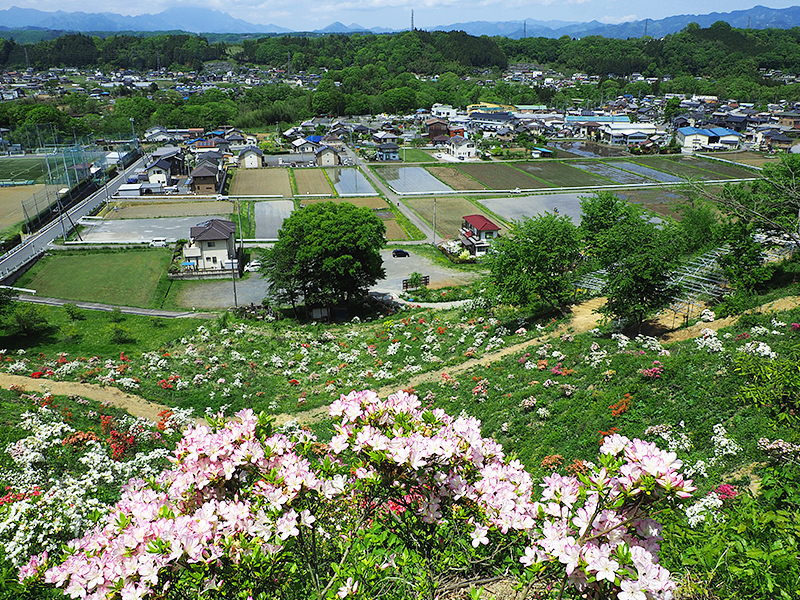
This small, charming hill of approximately 4 hectares has been maintained by local residents and volunteers as a gathering place to watch flowers bloom. Visitors can enjoy a carpet of greenery and mainly white flowers like out of a fairytale; over 6,000 flowers and trees that change from season to season. The town also collaborated with Musashino Art University for a joint project between government and academia to create three integrated artworks, adding even more charm to the park.
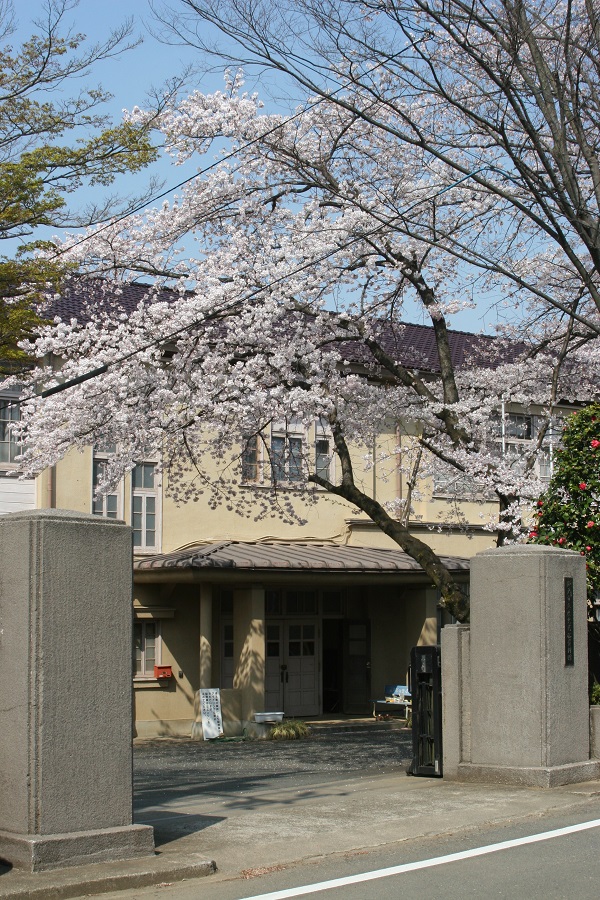
The Sakado City Historic Folk Museum was opened in October of 1980 as part of a municipal commemorative project with the aim of contributing to the development of education, learning, and culture. The building is a reconstructed and repaired portion of the former Suguro Elementary School building, and displays archaeological artifacts excavated from ruins found in the city, as well as folk materials collected from each region. The many folk tools on display are the witnesses of history; representing the wisdom gathered by local predecessors after years of cherished use, while also demonstrating the lifestyle at that time. In addition, archaeological artifacts such as the Haniwa human clay figures excavated from the Kitamine Kofun tombs and roof tiles from the ancient abandoned Suguro Temple, are materials representing Sakado City. In addition to permanent exhibits of these materials, the museum also holds special exhibits of folk tools.
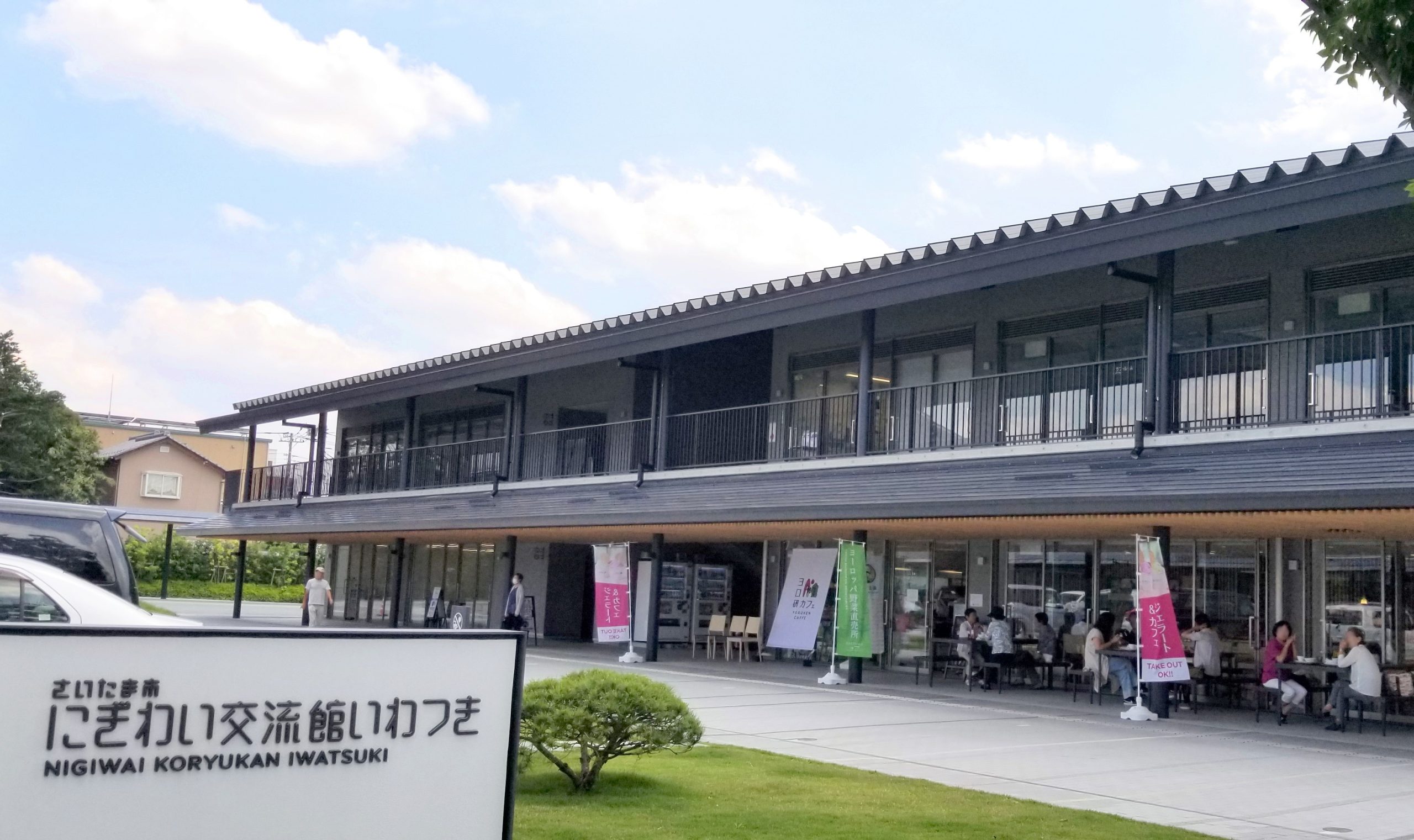
At our exchange center, attached to the Iwatsuki Doll Museum, we promote the history and culture of Iwatsuki. You can participate in various fun events, try cafe menus, local specialties, eat delicious locally harvested vegetables, gain new knowledge, and meet new people! This is a joyful place where people and information come together.
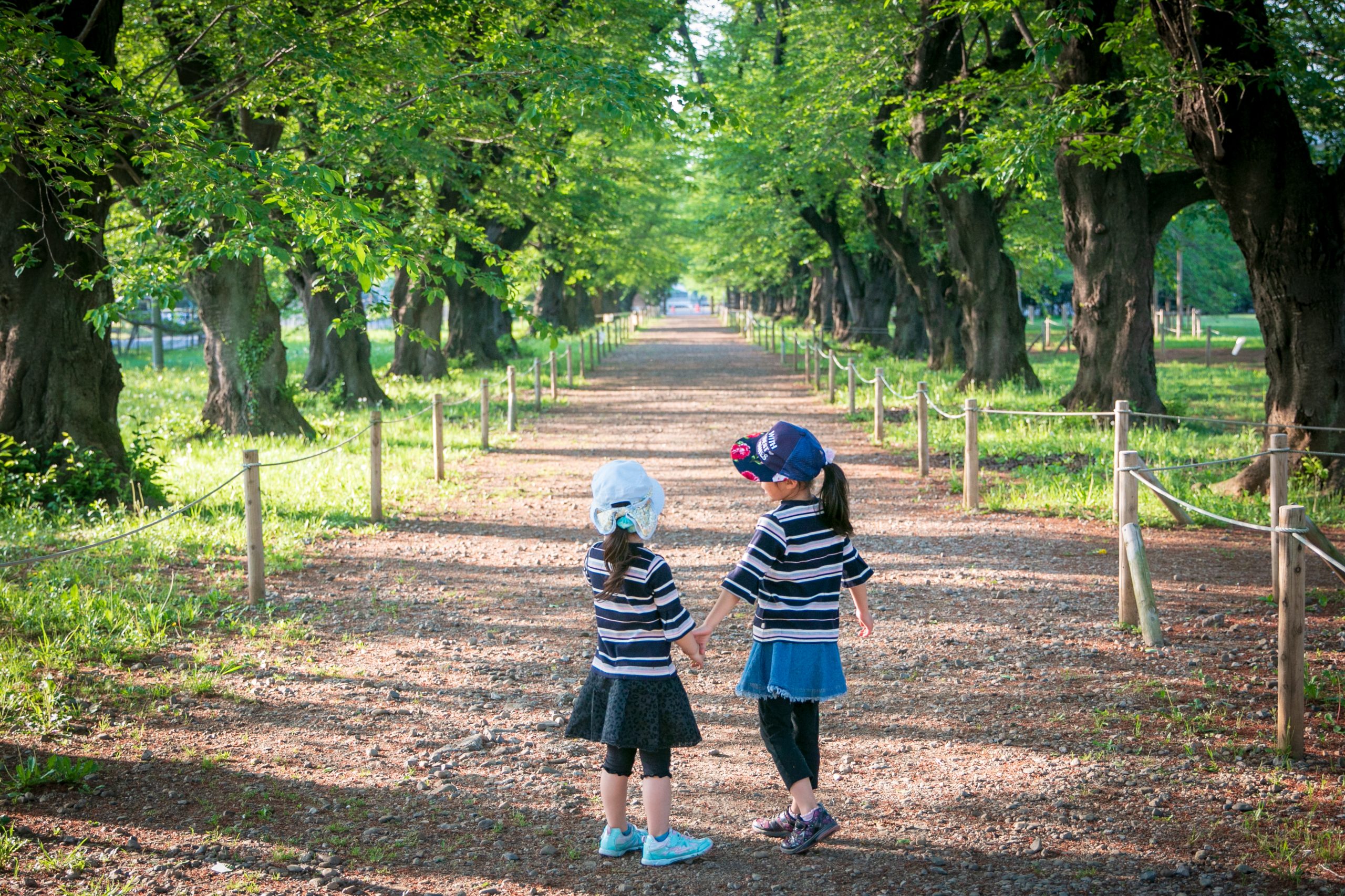
"Musenyama, KDDI Forest" is number thirteen of the fourteen designated Green Trust Conservation sites in Saitama. Located on the eastern edge of Ōmiya Plateau, the area consists mainly of jolcham oak and other deciduous broad-leaved trees. On the west side, there is also a row of Yoshino cherry blossom trees that attract many people in the spring. There was once a station for wireless transmission belonging to KDDI Corporation located here. As a result, the mountain area was nicknamed "Musenyama" (the wireless mountain), by locals.
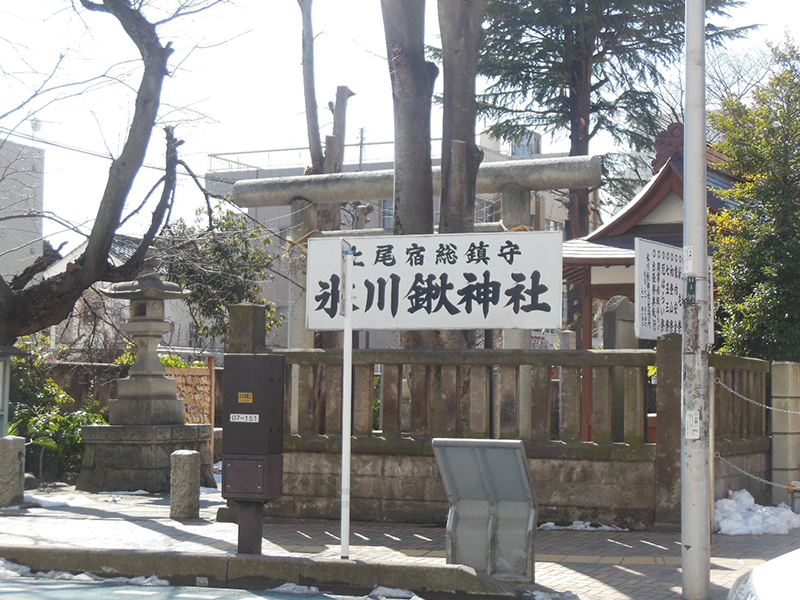
Hikawakuwa Shrine has been a local favorite since its establishment during the Edo period. In addition to the main shrine, the grounds include two halls dedicated to the god of learning, Tenjin, and Chinese philosopher, Zhu Xi. There is also a shrine monument to the life of Unmuro, the Hall of Prince Shotoku, and the Sengen Shrine.
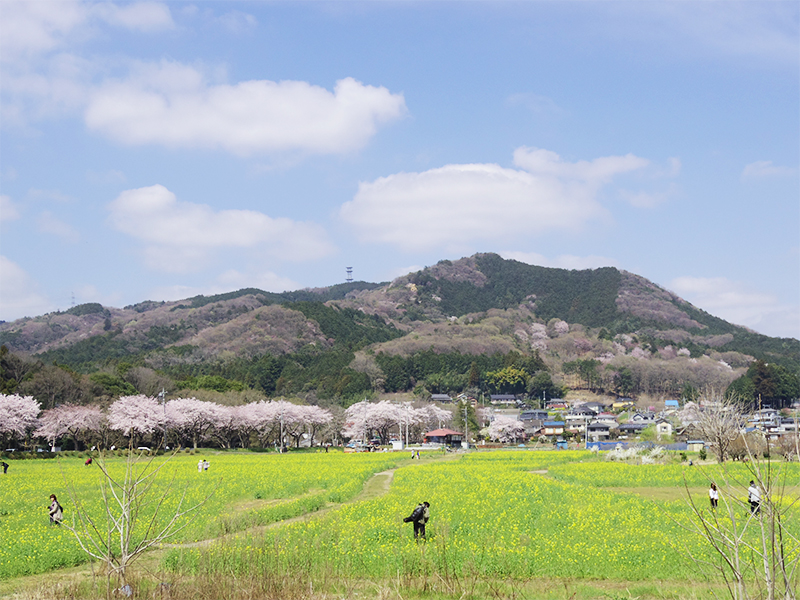
With a height of 305 meters, this charming little mountain is a familiar symbol of Hidaka City. There are hiking courses with a variety of terrains, including a gentle slope for beginners and a rocky slope for the veteran climber. At the top of the mountain is a Japanese Hokyointo Pagoda and the entire area of Hidaka City is visible from here. On a clear day, you can even see the skyscrapers of Shinjuku and the Tokyo Sky Tree towering in the distance.
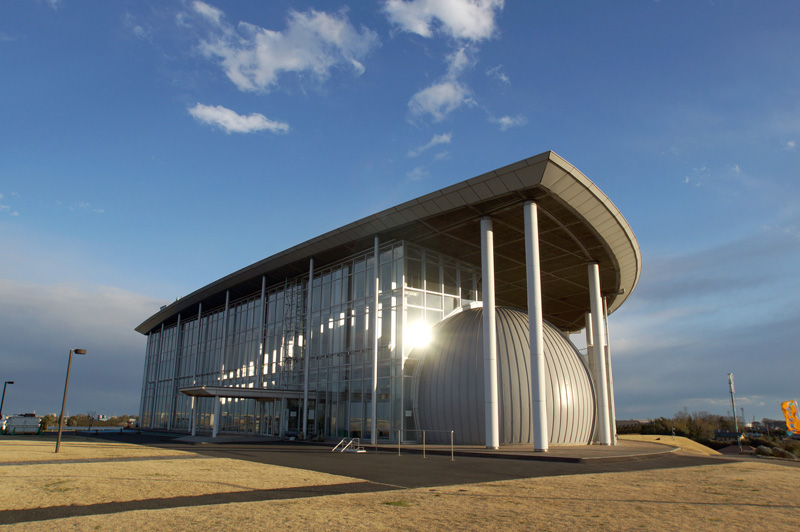
This facility, marked by its unique outer appearance, is a comprehensive learning facility with a planetarium, astronomical observation room, large-screen displays, hands-on learning rooms and workshops. There is also an attached restaurant, farmers market and the Ukino Miso processing facility. The planetarium was renovated and reopened on March 22nd, 2015. It features the latest monocular ultra-high resolution 8K-compatible digital projector, that can project realistic and powerful images of the starry skies and outer space, giving hope and excitement to people of all ages.
This site uses cookies to improve the user experience. If you continue to browse, you consent to the use of cookies on this site. Accept
CONTACT
